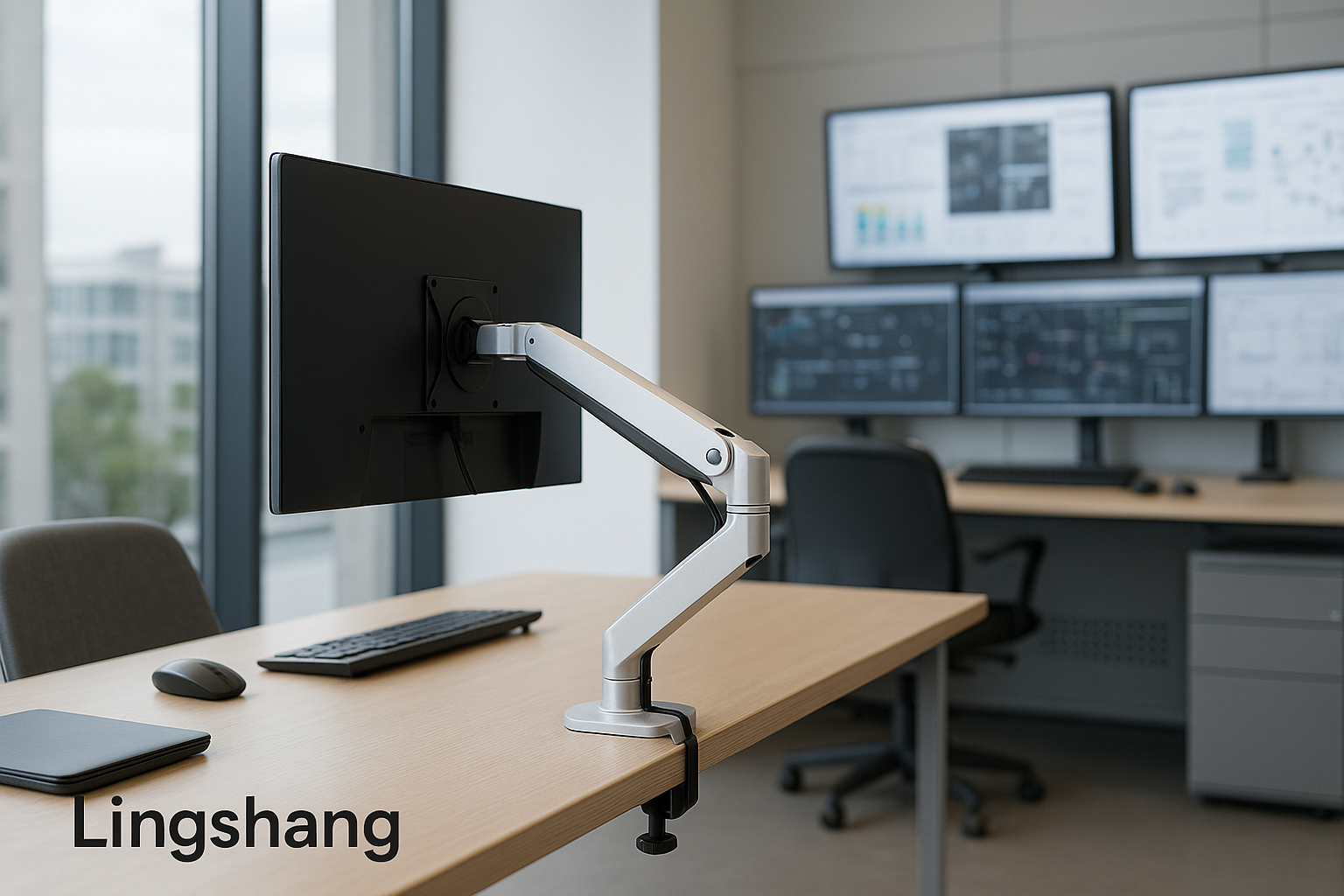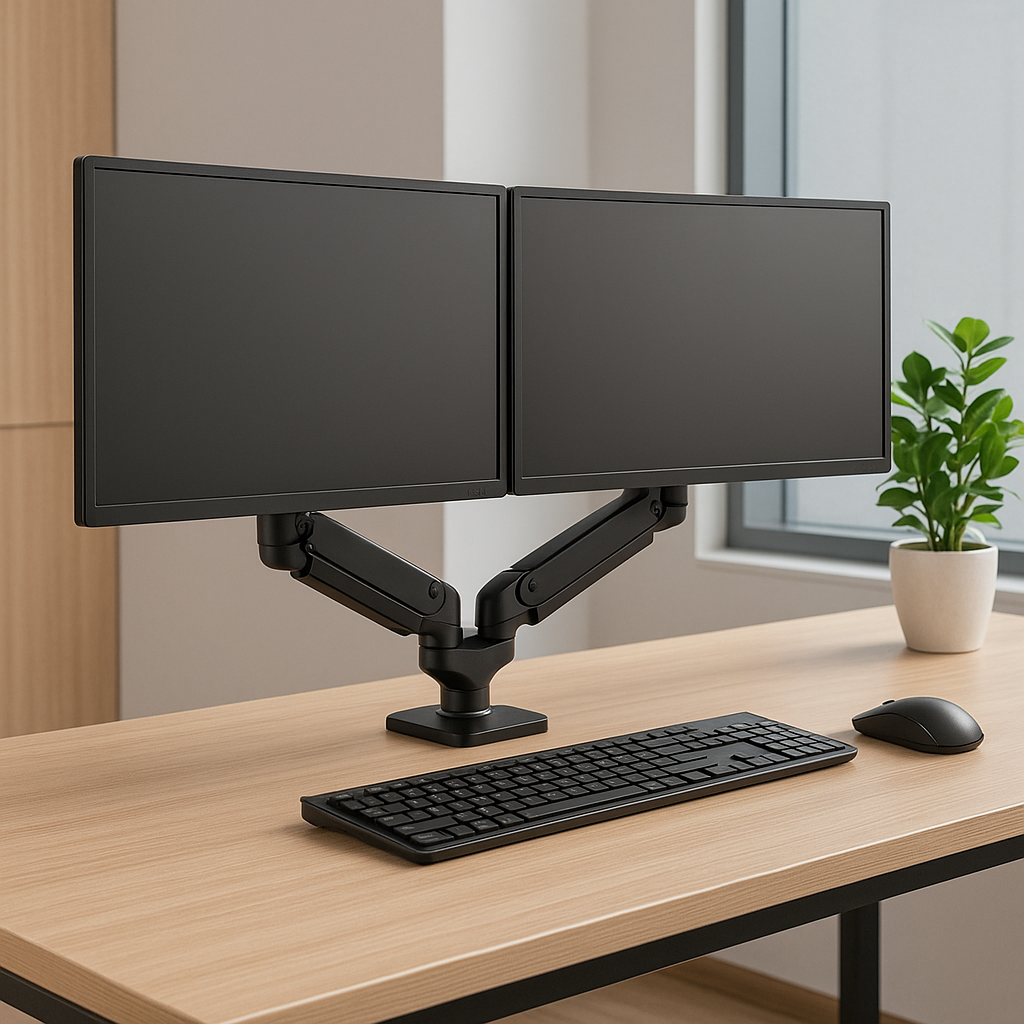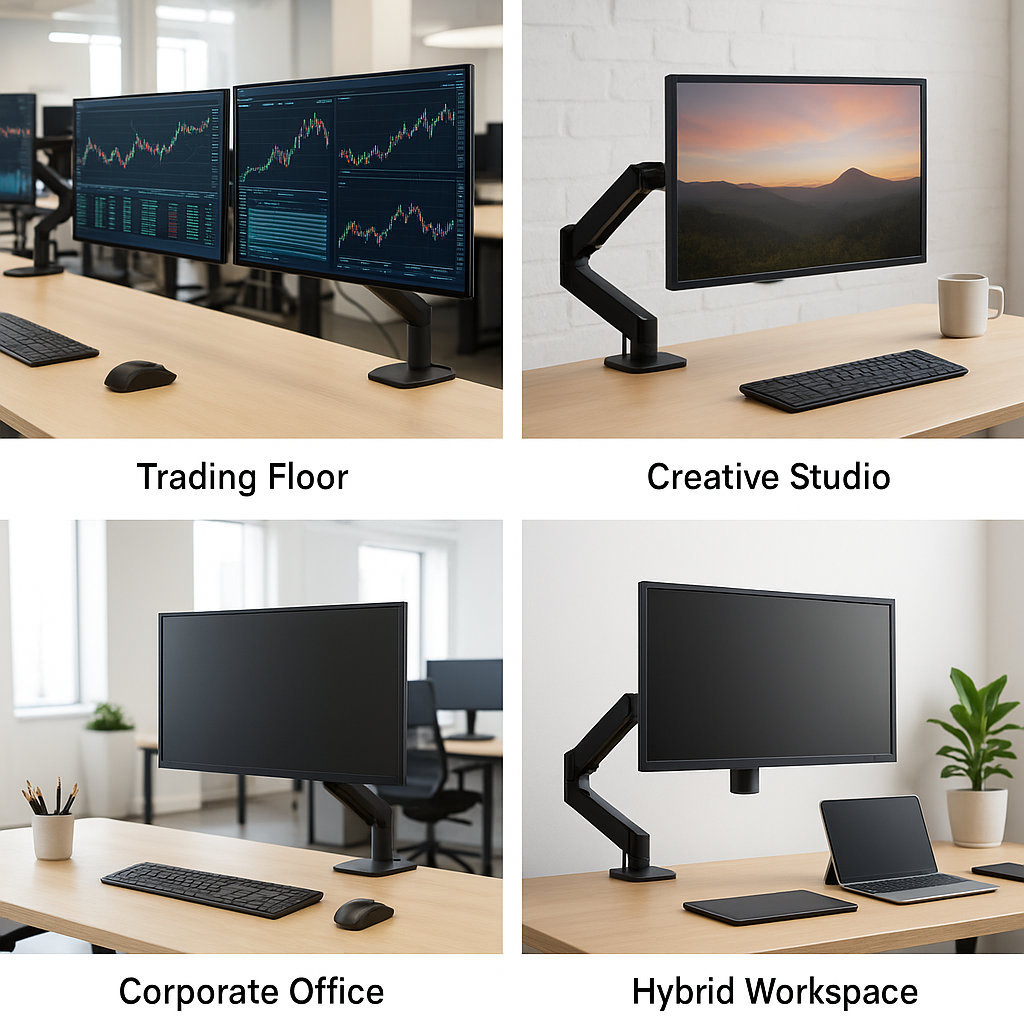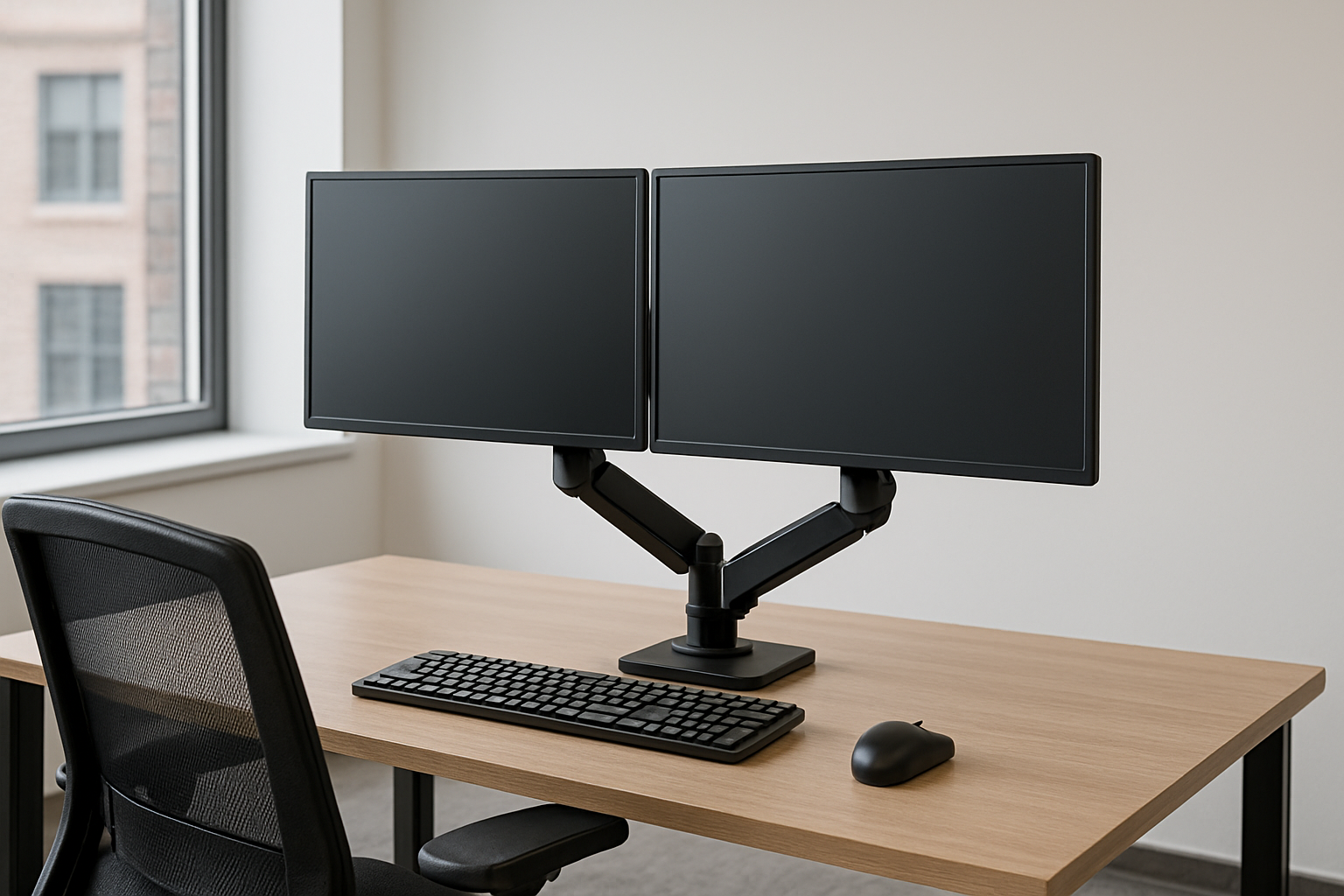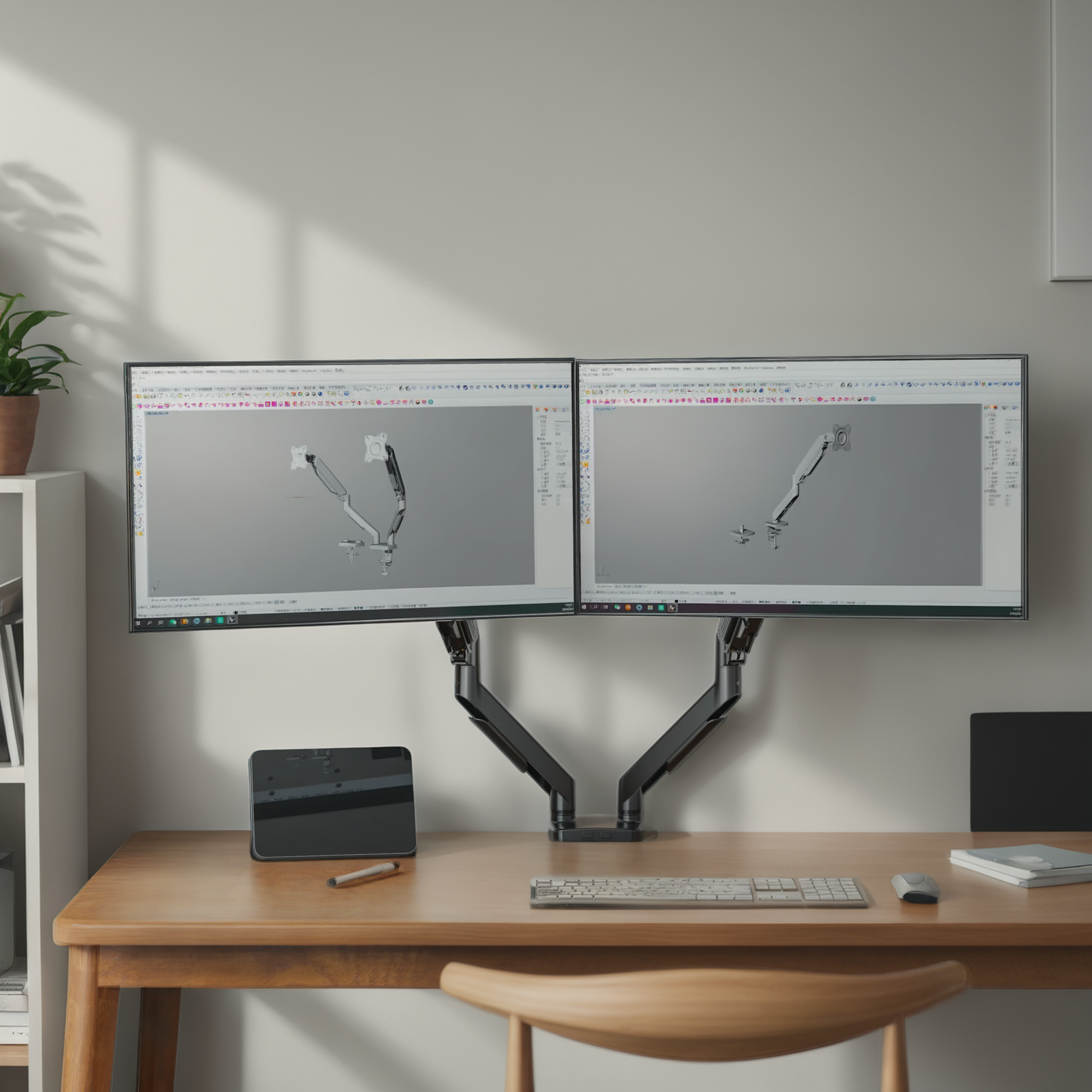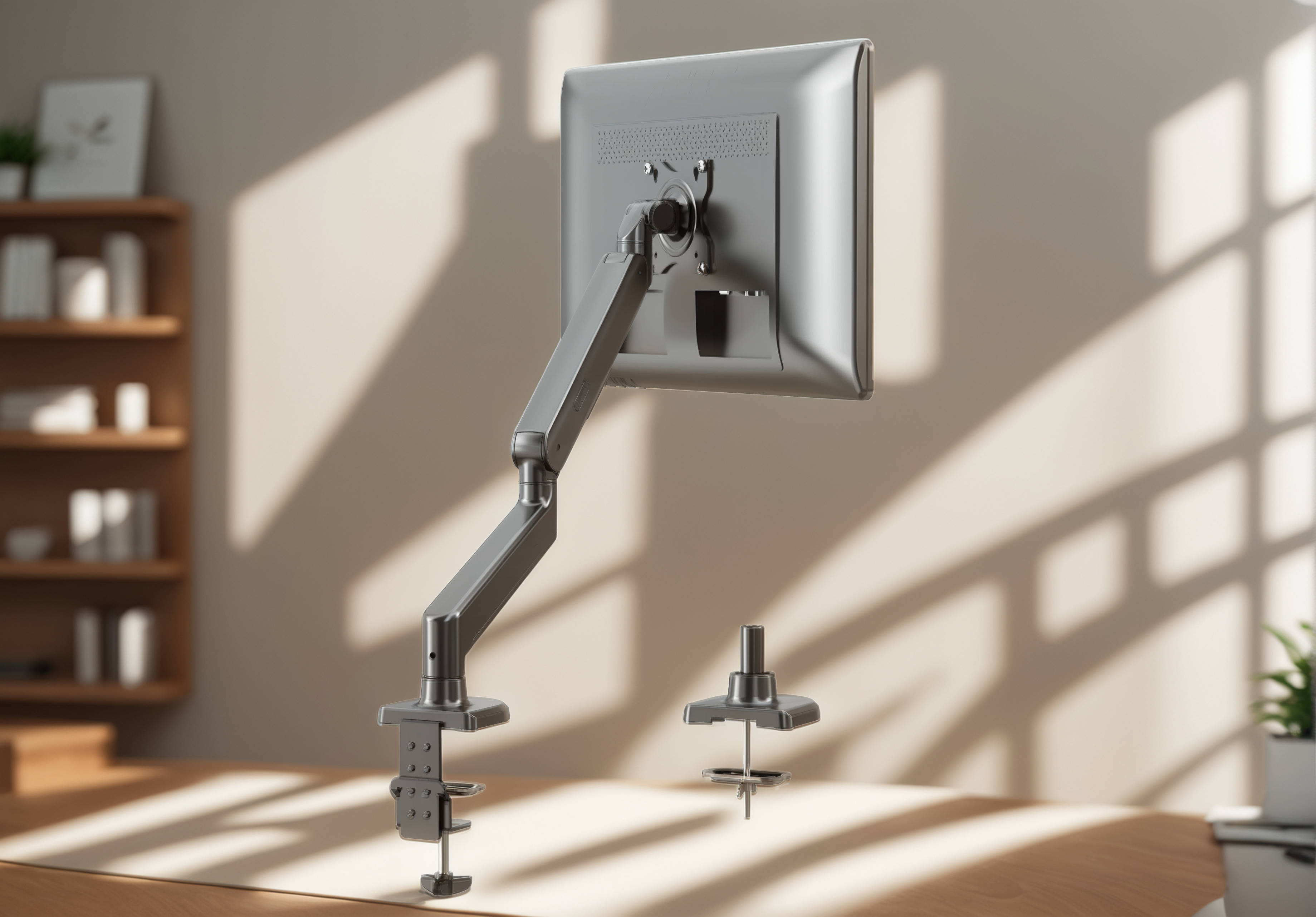
Why Material Strength Matters: The Hidden Science in Monitor Arms
You invested in a sleek monitor arm to upgrade your workspace—but weeks later, your screen starts sagging. You tighten the screws, shift the arm, even reposition the monitor—but nothing holds.This isn’t a user error. It’s a material failure.
How Real Users Experience the Problem
“My monitor slowly drops every afternoon.”
“I barely touch the screen, but the whole arm wobbles.”
“The joints creak and won't hold the height anymore.”
These are common complaints from professionals using lower-grade monitor arms. And it’s more than just annoying—it can hurt posture, eye alignment, and focus.
A study inApplied Ergonomics (2023)showed that 40% of workers using unstable or sagging screens adjusted their posture 2–4x more per hour, increasing spinal strain and reducing productivity.
What Actually Fails Inside a Weak Monitor Arm?
Most monitor arms fail silently—until they don’t. Common failures include:
-
Creep(slow material deformation) in plastic parts
-
Joint fatiguein overextended arms
-
Torsional stresscracking cheap aluminum alloys
-
Spring tension lossafter repetitive movement
The culprit?Inadequate load-bearing material.
Understanding Materials: The Good, the Bad, and the Weak
Aluminum Alloy
-
Lightweight and highly durable
-
Excellent for dynamic height/angle adjustments
-
Resists corrosion and fatigue
-
Needs precise engineering for dual monitor setups
Powder-Coated Steel
-
Extreme strength, ideal for heavy/ultrawide monitors
-
Less vibration and better for stationary mounts
-
Heavy and less smooth in movement
ABS Plastic or Low-Grade Hybrids
-
Prone to long-term sagging
-
Fails under multi-monitor tension
-
Limited lifespan, especially under UV exposure
“Cheap plastic-based arms lost 15-22% of holding strength within 60 days of normal use.”
—ConsumerTech Load Test Report, 2024
How to Choose the Right Monitor Arm for Your Needs
Assess your work setup:
| User Profile | Screen Load (kg) | Material Best Fit |
|---|---|---|
| Single Monitor | 3–6 kg | Aluminum Alloy or Steel |
| Dual Monitors | 6–12 kg | High-grade Steel |
| Ultrawide Display | 8–12 kg+ | Reinforced Steel Base |
| Frequent Adjustments | Any | Spring-loaded Aluminum |
Tips from the Pros
-
Check real weight capacity, not just “up to 17 inches” claims
-
Look for ISO-certified materialsor lab-tested tension systems
-
Avoid mounts with exposed springs—these fatigue faster
-
Match your screen’s weight + size, not just VESA spec
Want long-term stability? Don’t compromise on material. A durable arm helps youstay focused, upright, and pain-free.
Build Stability into Your Daily Workflow
Whether you're analyzing stock charts, editing videos, or just answering emails, a failing monitor arm breaks your flow and strains your body.
With lingshang, you get:
-
Premium aluminum and powder-coated steel constructions
-
Load-tested springs rated for 30,000+ adjustments
-
Trusted by developers, designers, and remote professionals
Explore our workspace optimization tools on ourhomepage.
Need guidance choosing a load-rated arm?Contact our teamfor expert help.

